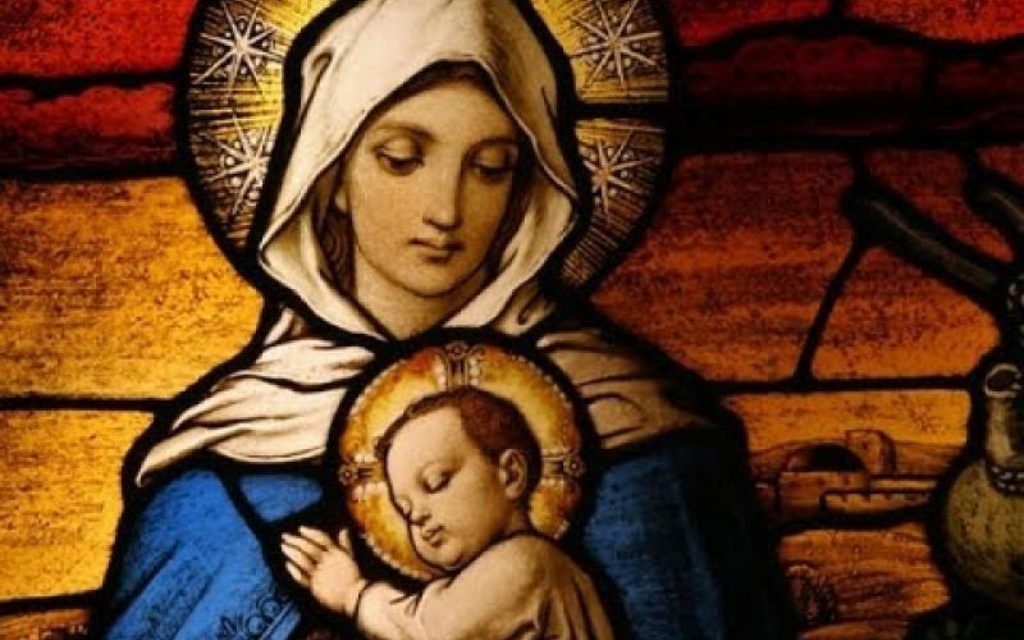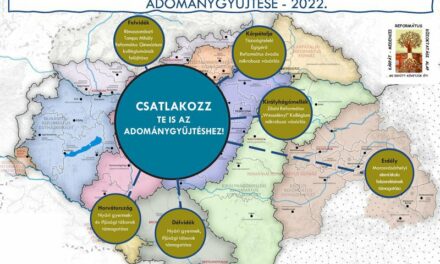For Hungarians, Mary, the Great Lady of the Hungarians, has always been especially important.
On the first day of August, Catholics celebrate Mary, in fact, the biggest Mary feast is today. In the calendar, this day is the day of the Assumption of the Virgin Mary, the "great" adjective in the name refers to this, i.e. Mary's resurrection and glorification, but the term itself is a Hungarian peculiarity. In the old form, it is referred to as the Great Lady. (The Blessed Virgin Mary, which is celebrated on September 8, is the celebration of Mary's earthly birth.)
The origin of the holiday goes back to the early church, Christians believed already in the 5th century that after falling asleep, Mary was raised bodily by her son to heaven.
Only two Marian holidays are mandatory in the year (that is, for the Catholic faithful, like Sundays and major holidays, their church also requires participation in Mass on this day), and today's significance is proven by the fact that this is one of them. The wide historical horizons are also nicely exemplified by the fact that the "Bódogasszony" day was also celebrated by King St. Stephen, so it was of outstanding importance for the young Hungarian state and Hungarian church practically from the first moment.
Moreover, according to the testimony of the Érdy codex, King István decided to offer the new country to Mary's protection when he and his court Saint Geller spoke about the image of the Lady Clothed in the Sun on the occasion of the holiday (cf. Revelation 12:1-2). Following him, the Árpád house claimed not only the Kingdom of Hungary, but also its own rule as Maria's heritage and regarded Maria as queen. The Lady of the Hungarians later became a symbol of the anti-Turkish struggles, a sign of hope for victory, and later actually became a sign of patriotism. Because he is the heavenly patron of our country, that's why
this day is also the feast of the patron saint of Hungary.
The above apparition, described by the apostle John, echoes right away in the opening hymn of today's Mass, but it is also there among the readings of the celebratory Mass. Based on the scriptural passage, the Virgin Mary, depicted with a crown of twelve stars on her head, who is about to trample the serpent, is perhaps the most common representation of the Holy Virgin worldwide. (It also inspired the deeply religious founding fathers of the European Union, which is how the flag of the union became the twelve stars in the blue field used as the color of Mary.)
Through Mary to Jesus
In relation to the Feast of the Assumption, Father András Faragó highlights the mediating role of Mary to Mandiner. The New Mass priest emphasizes the idea that Mary helps the believer to look to her son throughout our lives. He shares a recent experience: as he says, in Medjugorje, the famous pilgrimage site in Bosnia-Herzegovina, a statue of Mary is carried in front of the faithful during the procession, and when they get back to the church, the adoration begins. The tradition there suggests that we should always turn to Jesus.
We all have a Marian mission",
says the young priest, who reminds us that Mary accompanied Jesus all the way to the cross, and we must do the same. And on the feast of Our Lady, the church shares the joy that after the end of this faithful life on earth, she was taken up to heaven body and soul, adds the Catholic priest.
Author and source: Gergely Vágvölgyi / Mandiner
Cover image: romkat.ro













